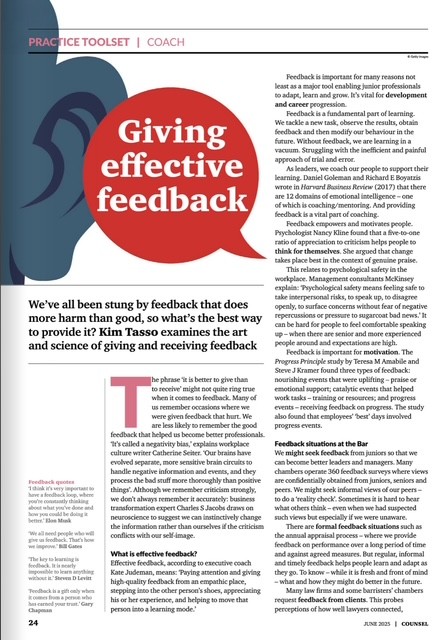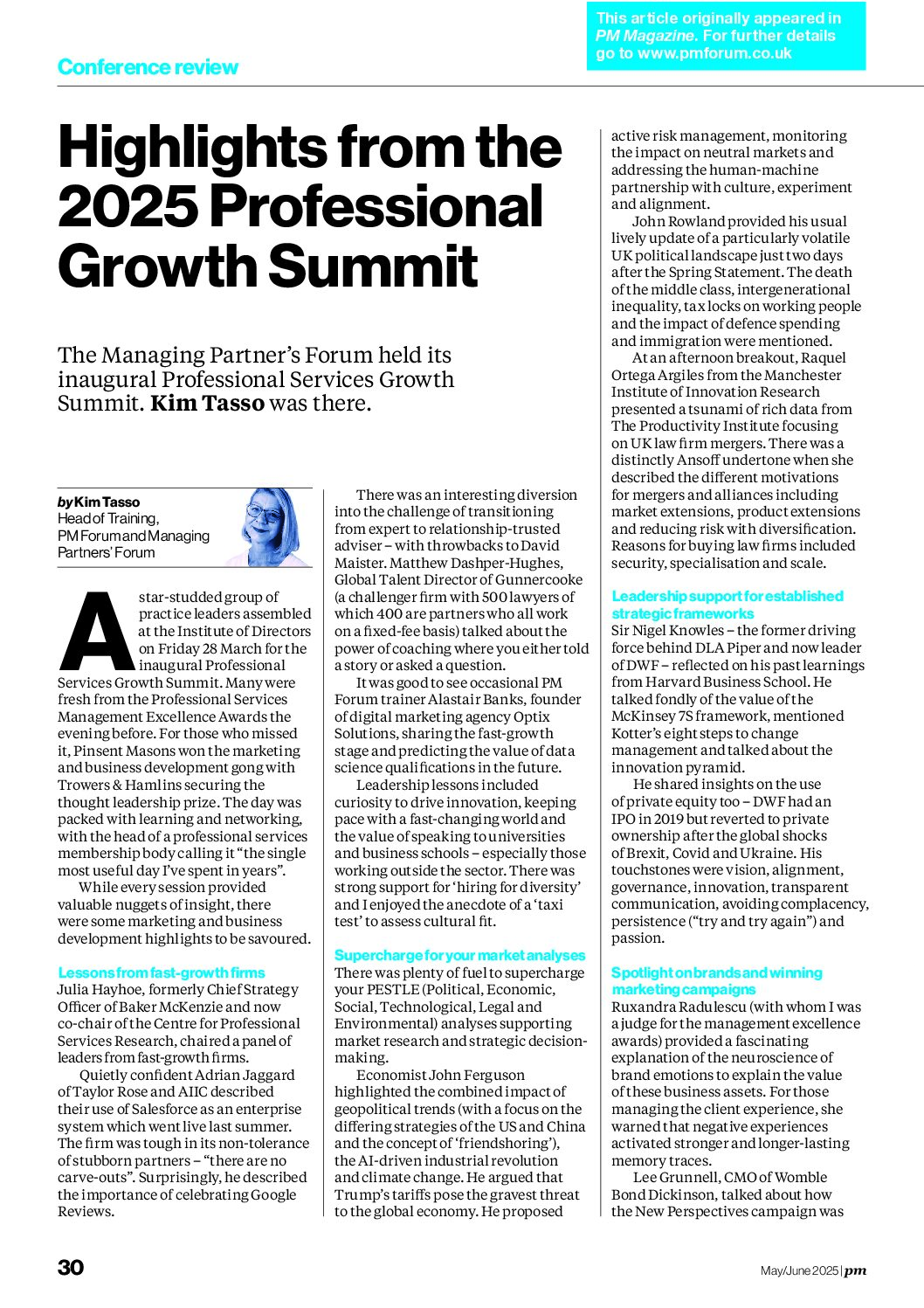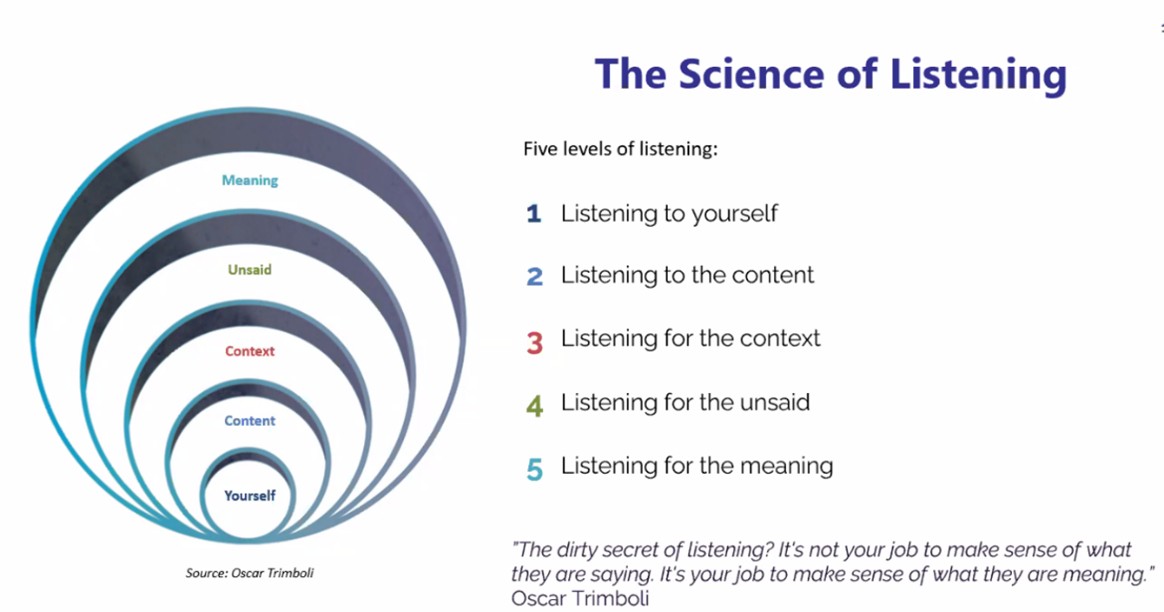I have just finished reading this book – which is a series of around 80 short articles on an A-Z basis, covering the majority of theories and practices in strategic and tactical marketing – to write a review for Professional Marketing magazine which will appear soon. Book Review: The Marketer’s Handbook: Reassessing marketing techniques for modern businesses By Laurie Young – some additional thoughts.
There were moments when I felt as if I were reading a coffee table book on the history of marketing as I lingered on the unbelievably rich veins of research that included, for example, frequent references to “early marketers” such as Josiah Wedgwood (UK 1760s), Henry Heinz (USA 1880s) and Robert Woodruff (USA Coca-Cola 1920s). J Walter Thompson, the advertising agency, was founded in 1978. This is astonishing when you consider that most marketing text books place the start of modern marketing around the 1950s. Even more remarkable were references to the Ganshiryo or Ganshi codes in Japan from 701 regulating the use of display signs in markets and consumer protection.
There were a number of sections tackling subjects that are sometimes lacking from other marketing textbooks: account management, differentiation, features analysis, gap analysis, hospitality and entertainment, innovation, internal politics, organisational competence in marketing, pipeline management and thought leadership (the subject of Laurie’s next book) which mentions Deloitte, PricewaterhouseCoopers and Accenture.
The section on brands is succinct but excellent with much practical advice and food for thought. Services marketing is covered really well with summaries of the work of leading lights such as Shostack and Zeithaml. There is a good section on sponsorship which is rarely covered elsewhere. I liked the sections on segmentation, positioning and repositioning too. But there are some strange inclusions too – things like celebrity endorsement, closing techniques (rather old hat), molecular modelling and solutions marketing.
I had a “Thank God” moment when I read “it is professionally wrong and very limiting to regard products as segments” in the segmentation section – Amen to that. It was encouraging also to read what I have been trying to tell PSFs for ages that “prices ought to vary according to market position, segment or even location”. The author also tackles the Tom Peters idea of delighting customers on the basis that a) it builds cost into the business and b) introduces an upward spiral of exceeding expectations.
Occasionally, there are some really simple but practical tools – like the contact audit sheet and the checklist of approaches to marketing measurement. But in the main the book deals with high level strategic frameworks.
There are plenty of UK and international case studies – from companies such as: Age UK, Allen & Overy, British Airways, British Gas, BT, Cadbury’s, Coca-Cola, Guinness, Ericsson, Fujitsu, Haier, IBM, Interbrand, Interoute, Mastercard, Michelin, Microsoft, Mitsukoshi, Nokia, River Group, Russell Reynolds, Satyam, Virgin and Xerox. Although I recognised many of the technology cases from the author’s recent book on “Marketing technology services” (see my previous post Marketing technology as a service).
Yet there was also a healthy smattering of professional service firm references such as the law and accountancy firms’ conflict rules and their use of thought leadership (McKinsey featured strongly). There is a great paragraph about how the partnership structure enables the professions to remain close to and highly responsive to market changes.
There’s little that’s not relevant to the professions – I identified only category management but even that had some pointers to the imminent changes in the legal market post ABS. The celebrity endorsement section featured Accenture’s Tiger Woods campaign, there was a perceptual map of the UK insolvency market and Allen & Overy is an innovation case study.
The durability of brands table – probably the most impressive element of the author’s research – showed the origins of Freshfields (1726), CMS Cameron McKenna (1779), Clifford Chance (1802), Linklaters (1838), PriceWaterhouseCoopers (1849), Deloitte (1845), KPMG (1867), Slaughter & May (1889), Ernst & Young (1903), McKinsey (1920) and Allen & Overy (1930). It was good to see the story of William Deloitte creating a new system of accounting for the railways and I am sure that the importance ratings of IT professional service firms’ attributes provides insights for PSFs.
At the end of the book, the author offers his view on the best (brand, behavioural insights and diffusion of innovation) and least favourite (product life cycle, AIDA and portfolio theory) models. It encouraged me to consider my favourites – behavioural insights, segmentation and Ansoff. Looks like we could have a good discussion on that.
Such is the breadth of the book, there are times when the author’s usual polish is a little lacking – but this is a really minor gripe on an otherwise incredible achievement. I particularly admire the author’s ability to consider how marketing integrates with its selling and relationship management disciplines – vitally important in the professions. I guess the underlying message from Mr Young is that, to paraphrase that famous lamp post quote from Andrew Lang “marketing theory should be there for illumination, not for support”.
I admit that I was horrified when I spied a copy of this book on the desk of a senior corporate lawyer at a City law firm – especially as he wasn’t particularly familiar with even the basics of marketing. So I have to say it – this isn’t a book I would recommend for lawyers, accountants and surveyors who haven’t studied the subject before – it may deter them. But for young or experienced marketers, it has some real value. My bookshelf now has a collection of the six excellent books from Mr Young – although for the professions, I still feel that “Marketing the professional services firm” remains favourite.
Whilst much of the material was familiar (as it should be to any experienced marketer), there were a few gems I picked up along the way. For example:
• The IPA showed a correlation between a campaign’s performance across the creative awards recognised by The Gunn Report and their business performance in the IPA effectiveness Awards databank (2000-2008). Creatively awarded campaigns were, on average, eleven times more efficient.
• At Harvard, Gerald Zaltman set up a unit which combined psychologists and marketers. He and Stephen Kosslyn (an expert in cognitive neuroscience) formed their “Mind of the market” lab, an interdisciplinary group of scholars who meet to discuss addition, irrationality, memory and learning (Zaltman, 2003).
• The “Durability of brands” table – This is a fabulous piece of original research containing countless interesting factoids, for example, Patisserie Valerie was formed in the UK in 1926.
• Brands that dominate their markets are as much as 50 per cent more profitable than their nearest competitors (Solomon M et al, 2006).
• “Moments of truth” in customer service was originally coined by Jan Carsson of SAS in 1980s and “zones of tolerance” (ideal, acceptable and unacceptable) by Valerie Zietaml and Mary Jo Bitner.
• The CSR “triple bottom line” of people, planet and profit – and it’s origins in good old fashioned philanthropy. And the beginnings of an international standard for CSR (ISO, 26000).
• Professor Leonard Berry’s work on service companies and the prime ingredient of success being “generosity”.
• McKinsey’s annual innovation survey of senior executives finding that 84% said that their innovation was either very or extremely important to the growth of their companies (McKinsey Quarterly, July 2010). And 47% of executives said they sourced their innovation externally. And Richard Branson’s tendency to break units into two once they reached about 30 people.
• Tim Ambler’s three criteria for assessing marketing effectiveness: internal expectation, external comparison and adjustments to the brand equity.
• Fredrick Reicheld’s “net promoter” (NPS) measure of the propensity of customers to refer their contacts to the product or service.
• The Howard-Seth model of organisational buying processes.
• As a psychologist, I knew, of course, about cognitive dissonance – but had forgotten that it was attributed to Leon Festinger.
• TARP (Technical Assistance and Research Programmes) – interviewed 200 companies to learn that the average business did not hear from 96% of its unhappy customers, for every complaint received there were 26 other people with problems and six with serious problems, people with bad experiences were twice as likely to tell others about it as those with good experience.
• UK Sports sponsorship market has grown from £353m in 1986 to £486m in 2008 and estimated to grow to £600 million in 2013.
List of topics included:
AAR model
Account management
Advertising
AIDA
Ansoff
Audit Marketing basics – Marketing audits with onions and pestles (kimtasso.com)
Behavioural insights
Blueprinting
Boston Matrix
Brands Book review – Managing Brands (kimtasso.com)
Business-to-business marketing
Category management
Celebrity endorsement
Channels of distribution
Closing techniques
Competitive strategy Pitching, differentiation and competitor analysis (kimtasso.com)
Consumer behaviour
Contact audit
CSR
Cultural variations
DMU Selling Basics – Detectives and DMUs (Video) and recommended books (kimtasso.com)
Differentiation
Diffusion of innovations
Digital marketing
Directional policy matrix
Features analysis
Gap model
Globalisation of markets
Hospitality and customer entertainment
Innovation management Innovation in Marketing (kimtasso.com)
Internal marketing Book review: Influential Internal Communication by Jenni Field (kimtasso.com)
International marketing
Loyalty
Market definition
Market maturity
Market share
Marketing communication
Marketing concept
Marketing management Marketing Manager Apprenticeship – a Level 6 Qualification (kimtasso.com)
Marketing measurement
Marketing mix Marketing basics – What are the 4Ps and why are they still useful? (kimtasso.com)
Marketing plans and planning Marketing planning in a nutshell – simple and complex plans (kimtasso.com)
Marketing strategy
Molecular marketing
New Product Development (NPD)/NSD
Organizational buying behaviour
Organisational competence in marketing
Packaging
Pipeline management
No targeting? Sales processes and selling skills for targeting and meetings (kimtasso.com)
Porter’s competitive forces
Portfolio analysis and management
Positioning Be more strategic – PESTLE, Positioning and Plans (kimtasso.com)
Post purchase distress
Pricing Context and curiosity drive commerciality and pricing (kimtasso.com)
Product Life Cycle (PLC)
PR
Relationship marketing
Repositioning
Research
Sales and selling
Scenario planning Book – Chaotics – marketing in turbulence (scenario planning) (kimtasso.com)
Sector marketing
Segmentation Struggling with segmentation? Kim Tasso article PM Magazine
Service quality
Services marketing Book review: Professional Services Marketing Handbook (kimtasso.com)
Solutions marketing
Sponsorship
Thought leadership Thought leadership manual by Tim Prizeman (kimtasso.com)
Value propositions Malcolm McDonald on value propositions – How to develop them (kimtasso.com)
Viral marketing









